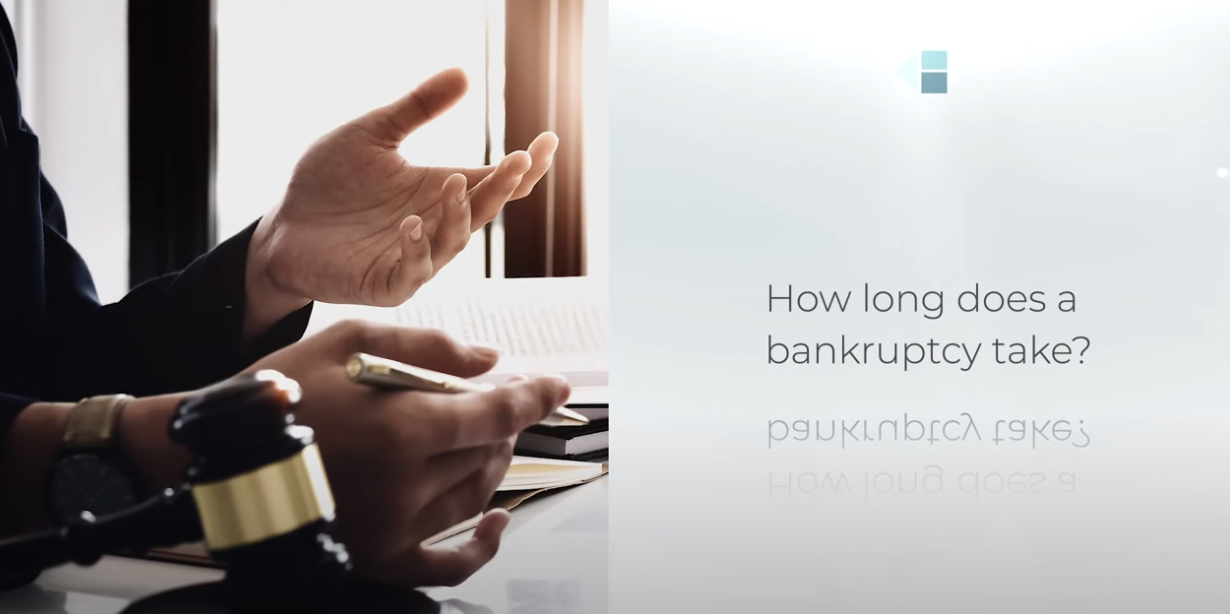Debt is a common issue that many people face in their daily lives. However, not all debt is created equal. Three of the most common types of debt are medical debt, credit card debt, and mortgage debt. Understanding these common types of debt and how they may impact your financial standing is crucial to make informed financial decisions.
Medical Debt
Medical debt refers to the outstanding balance someone has to pay for medical expenses. It occurs when someone receives medical care, and they are unable to pay the entire amount out of pocket. Medical debt can accumulate through a multitude of different medical procedures, such as surgeries, appointments, and emergency room visits. If you or a loved one has an unexpected diagnosis of a major disease or suffers a major accident or injury, the necessary treatment can be sudden and expensive all at once.
Even with insurance, medical expenses can quickly accumulate and become overwhelming for many individuals and families in the United States. We all know that insurance does not cover all of the expenses. Additionally individuals and their families often see their debt pile up for things related to the illness or injury that are not covered by insurance such as prescriptions, over the counter medications, travel expenses, and equipment.
Bankruptcy is one option for individuals facing large amounts of medical debt, and it is one of the number one reasons people do file for bankruptcy. Filing for bankruptcy can help individuals discharge their medical debt and regain their financial footing. Once individuals have explored other options, such as negotiating a payment plan with their healthcare provider or seeking financial assistance through charity organizations or government programs, and realize that they cannot gain enough assistance, bankruptcy becomes a good option. Seeking the advice of a bankruptcy attorney may be helpful in determining if bankruptcy is your best course of action.
Credit Card Debt
Credit card debt refers to the outstanding balance that is owed on credit card accounts. This type of debt is amassed due to a shortfall of income to living expenses. Though some folks run up credit card debt because of irresponsible spending, more often it is accumulated because credit cards are being used to pay for essentials or unexpected emergencies because they do not have significant savings or enough income. It is the result of using credit cards to make purchases, pay bills, or borrow money, and then not paying the full amount owed at the end of each billing cycle. Instead, the borrower is charged interest on the balance and required to make a minimum payment. Over time, the purchases and the interest charges add up, making it almost impossible to pay off the debt, even though you try.
Credit card debt is usually a major source of financial stress for many people. Creditors are hassling you and you start feeling trapped. In cases where the debt has become overwhelming, bankruptcy may be a viable option for relief. It is one of the most common types of debt for which Americans will seek bankruptcy protection.
When filing for bankruptcy, individuals can choose to file for chapter 7, which involves liquidating assets to pay off debts, or file for chapter 13, which involves creating a repayment plan. For those with significant credit card debt, chapter 7 may provide the most relief. This type of bankruptcy can discharge unsecured debts, including credit card debt, meaning that the debtor is no longer obligated to pay back those debts. Once bankruptcy is filed, creditors are required to stop bothering you.
However, there are certain factors that may impact your ability to discharge credit card debt, such as fraud or misuse. It’s important to understand your rights and options when dealing with credit card debt in bankruptcy. Consulting with a bankruptcy attorney, like Bill Kain or Margaret Henehan of the law firm of Kain + Henehan, can help to ensure that you receive the best possible outcome in your case.
Mortgage Debt
Mortgage debt is a loan that is taken out to finance the purchase of a property, usually a home. The terms of the mortgage usually involve a set amount of money that is borrowed, and the borrower agrees to pay it back over a set period of time with interest. A second mortgage is a loan taken out against a property while a first mortgage is still in place. Second mortgages are usually used to access the equity in a property for home improvements, paying off high-interest debts, or as a down payment for another property. The interest rates for a second mortgage are typically higher than the interest rates for a primary mortgage because it presents a higher risk to the lender. Folks get into trouble making payments for instance because interest rates increase, or an sudden expense occurs, or job loss – all affecting their ability to meet their monthly obligation.
In bankruptcy, mortgage debts can be treated differently based on whether they are secured or unsecured. Secured mortgages are those that are backed by collateral, such as the borrower’s home, and if the borrower defaults, the lender may foreclose and sell the home to recover the outstanding balance of the mortgage. On the other hand, unsecured loans used to buy a home do not have collateral, and lenders can only rely on judgments to recover their funds. It is important to note that bankruptcy may not completely discharge a mortgage debt but can provide relief from other unsecured debts, which may make it easier for the borrower to stay current on their mortgage payments.
Bankruptcy does not automatically eliminate mortgage debt. This means that if a person wants to keep their home, they will still need to make payments on their mortgage after they have filed for bankruptcy. It is essential to consult with a bankruptcy attorney to understand how filing for bankruptcy will affect your mortgage debt and other obligations. Individuals may use a chapter 13 bankruptcy proceeding to save their home from foreclosure.
Schedule a Consultation With a Minnesota Bankruptcy Lawyer
If you are suffering from one of these common types of debt, seeking the help of a skilled bankruptcy lawyer is a wise choice. At Kain + Henehan, our team of Minnesota bankruptcy lawyers can guide you through the complex legal process of debt relief and bankruptcy. Our experienced lawyers can help you evaluate your financial situation, determine if bankruptcy is the right solution for you, and provide legal representation throughout the bankruptcy process.
To schedule a consultation with our bankruptcy lawyers, simply call (612) 438-8006 or fill out this online form. We have offices in St. Cloud and Mendota Heights but serve all of Minnesota. Your consultation can be completed virtually, via phone, or in-person at one of our two offices in Mendota Heights and St. Cloud. With our legal expertise and compassionate guidance, you can overcome your debt problems and regain financial stability.







